Ai
Global Backlash: Over 50,000 Creatives Condemn Unlicensed AI Training in Landmark Petition
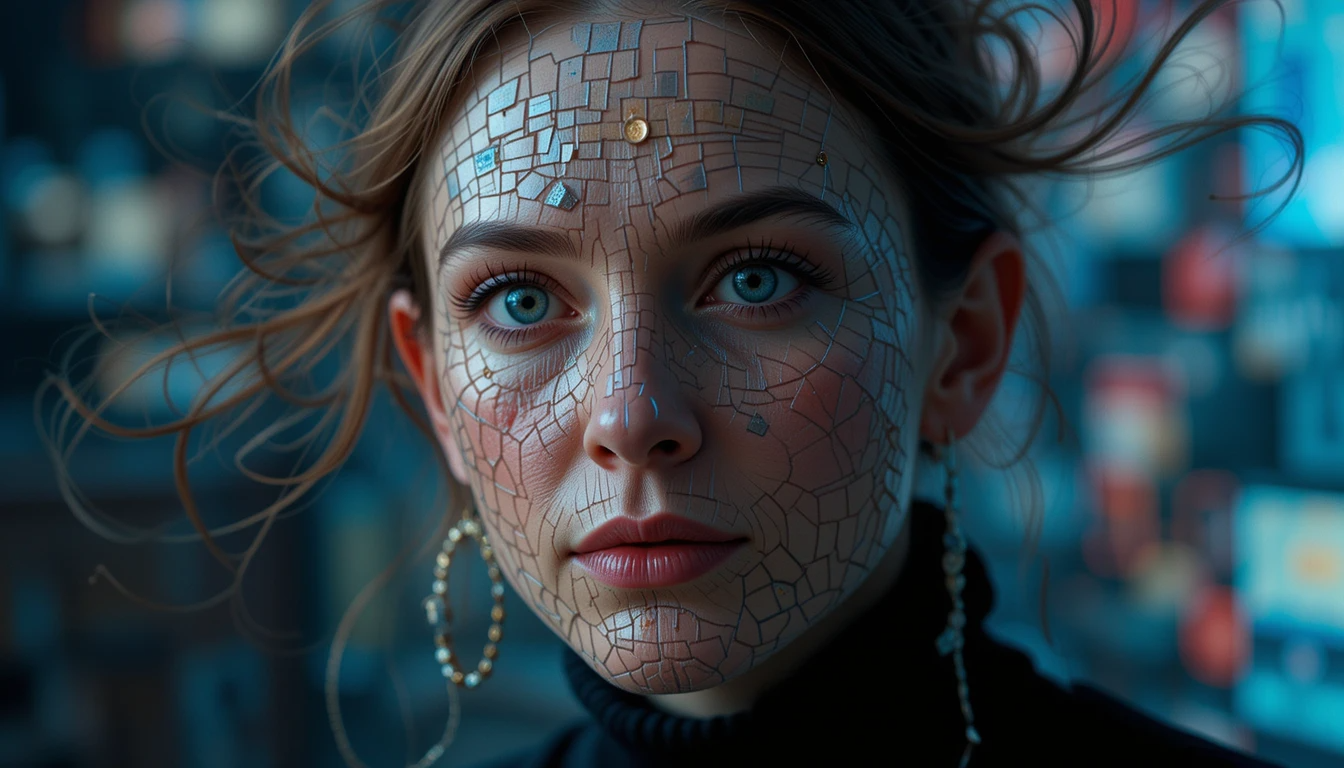
– TechNTrendy.com
The creative world is pushing back against AI giants. Over 50,000 artists, writers, musicians, and academics—including Julianne Moore, Thom Yorke, and Nobel laureate Kazuo Ishiguro—have signed the Statement on AI Training, decrying the unlicensed use of their work to train generative AI models. The petition, now a rallying cry for copyright reform, warns of an “unjust threat” to creative livelihoods .
Here’s why this movement matters, the legal battles heating up, and what’s next for AI and intellectual property.
The Petition: Key Demands and Signatories
The Statement on AI Training, launched in late 2024 with 10,500 signatories, has now surpassed 50,000 supporters, including:
- Actors: Kevin Bacon, Charles Dance, Hayley Atwell
- Musicians: Roger Daltrey (The Who), Kate Bush, Radiohead’s Thom Yorke
- Authors: Emily St. John Mandel, Jeffrey Archer, Margaret Atwood
- Artists: Photographer Lynn Goldsmith, painter Amoako Boafo
Their unified message:
“The unlicensed use of creative works for training generative AI is a major, unjust threat to the livelihoods of the people behind those works, and must not be permitted.” .
The Controversy: How AI Companies Are Using Pirated Works
1. Meta’s “Pirated Books” Scandal
- Court documents revealed Meta trained its Llama AI on 7.5 million books and 81 million academic papers from Library Genesis (LibGen), a pirated database .
- Affected authors include Tim Winton, Helen Garner, and Charlotte Wood—none were compensated or consulted .
2. OpenAI’s Studio Ghibli Backlash
- OpenAI recently faced criticism for a ChatGPT feature that converts photos into Studio Ghibli-style art—a direct lift from Hayao Miyazaki’s iconic work .
3. Widespread Legal Battles
- Lawsuits are underway globally against Meta, Stability AI, and Midjourney for copyright infringement .
- Artists argue AI-generated content dilutes their market value and steals their unique styles .
The Human Cost: “Heartbreaking” Theft of Creative Labor
Australian author Jennifer Mills (Miles Franklin Award-shortlisted) shared:
“You spend years perfecting a book… then see it on a list of stolen works. It’s heartbreaking.” .
Photographer Lynn Goldsmith added:
“AI companies dehumanize our art by calling it ‘training data.’ This is outright theft.” .
Government Response: Calls for Legislation
Australia: “We’re Powerless” (For Now)
- Federal Arts Minister Tony Burke called unlicensed AI training “theft” but admitted current laws can’t stop it.
- The Australian Society of Authors (ASA) demands licensing laws to ensure compensation.
UK & EU: Pushing for “Opt-Out” Models
- The UK government is considering an “opt-out” system for AI scraping .
- The EU’s AI Act may require transparency in training data .
What’s Next? 3 Possible Outcomes
- Licensing Systems: Tech firms may be forced to pay royalties for copyrighted training data 19.
- Legal Precedents: Pending lawsuits could set new copyright boundaries for AI 68.
- AI Industry Pushback: Companies like Meta and OpenAI may lobby for “fair use” exemptions 4.
How Creatives Can Protect Their Work (For Now)
While laws catch up, artists are advised to:
- Opt out of AI training datasets (e.g., via Meta’s objection form) 9.
- Upload low-resolution art to hinder AI scraping 9.
- Support advocacy groups like the Artists Rights Alliance 8.
Final Thoughts: A Tipping Point for AI Ethics?
This petition isn’t just about compensation—it’s about respect for human creativity. As AI evolves, the clash between innovation and intellectual property will define the next decade of tech policy.
Will governments side with artists or Silicon Valley? Stay tuned for updates.
SEO & Engagement Notes
- Primary Keywords: AI copyright lawsuit, generative AI ethics, AI art theft
- Secondary Keywords: Meta pirated books, AI opt-out, artist rights
- Engagement Hook: Ends with a question to spark debate.
- Internal Links: Potential follow-ups on EU AI Act or AI licensing models.
Want more? Check our deep dive on How AI Could Reshape Creative Careers.
Would you like a shorter social media version of this story? Let me know! 🚀
Tech
Optical Computing: The Light-Powered Future of AI and Energy-Efficient Processing
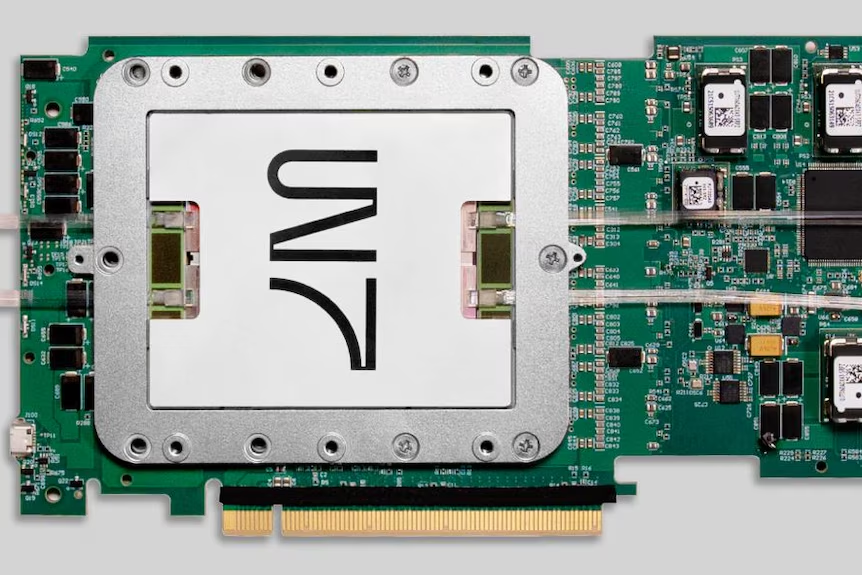
– TechNTrendy.com
Artificial intelligence (AI) is advancing rapidly, but its massive energy demands are becoming a growing concern. Could the solution lie in light-powered computer chips?
Two groundbreaking studies published in Nature suggest that optical computing—using light instead of electricity to process data—could revolutionize AI by making it faster, more efficient, and less power-hungry.
Let’s dive into how this technology works, its current breakthroughs, and whether it can truly replace traditional silicon chips in the AI era.
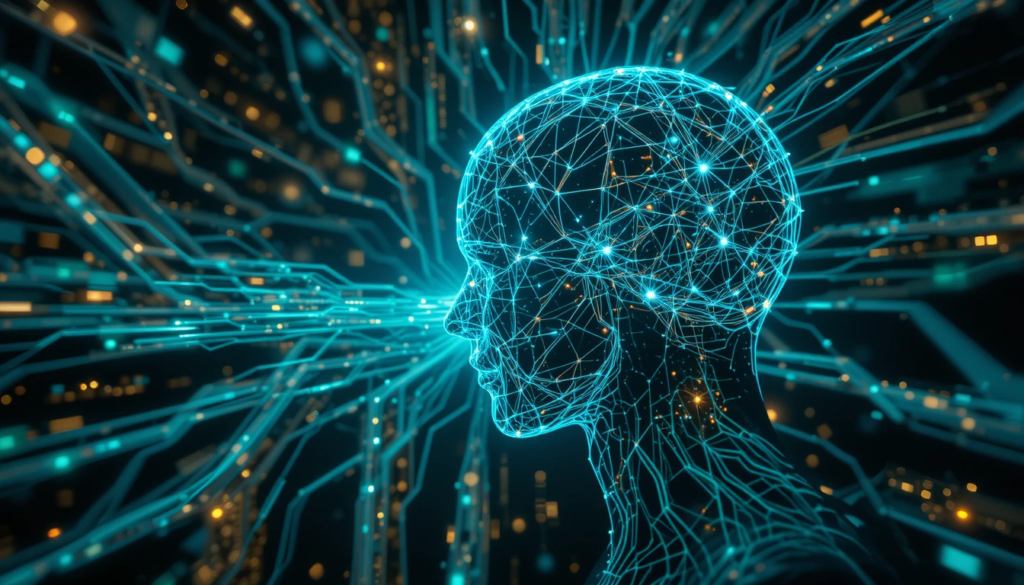
Why Optical Computing? The Energy Crisis in AI
AI models like ChatGPT, Gemini, and Claude require massive computational power, leading to skyrocketing energy costs:
- Training a single large language model (LLM) can consume as much electricity as thousands of homes in a year.
- Data centers already account for ~2% of global electricity use, and AI is accelerating this demand.
Traditional silicon-based chips are hitting their limits:
✔ Slowing performance gains (Moore’s Law is fading).
✔ Overheating issues (requiring complex cooling systems).
✔ Energy inefficiency (electrons generate heat as they move).
Optical computing could be the answer—processing data at the speed of light while drastically cutting energy use.
Breakthrough #1: AI-Powered Optical Chips Play Pac-Man & Generate Text
A team from Lightmatter demonstrated the first optical processor running AI models, achieving:
✅ Playing Pac-Man using reinforcement learning.
✅ Generating human-like text (similar to ChatGPT).
✅ Classifying movie reviews as positive or negative.
Their chip combines photonic circuits with traditional electronics, proving that light-based AI is possible.
Breakthrough #2: Solving Complex Problems 460x Faster
Another study by Lightelligence (Singapore) introduced PACE, an optical computer that:
🚀 Reduced computing latency from 2,300 nanoseconds to just 5ns—460x faster than conventional systems.
🔍 Solved complex optimization problems (used in logistics, finance, and AI training) in a fraction of the time.
How Does Optical Computing Work?
Unlike traditional chips that rely on electrons, optical computers use photons (light particles) to:
✔ Transmit data (like fiber-optic internet).
✔ Process calculations (using lasers, lenses, and prisms).
✔ Store information (via optical memory components).
Key Advantages Over Traditional Chips
| Feature | Electronic Chips | Optical Chips |
|---|---|---|
| Speed | Limited by electron movement | Near light-speed processing |
| Energy Use | High (needs cooling) | Low (minimal heat) |
| Scalability | Hitting physical limits | Still improving |
| Accuracy | Extremely precise | Improving, but not perfect |
The Big Challenge: Can We Scale Optical Computing?
Despite the promise, optical computing faces hurdles:
🔹 Bulky Systems – Current prototypes are larger than smartphones; scaling up may require football-field-sized setups.
🔹 Signal Loss – Light can weaken over distances, requiring signal boosters.
🔹 Hybrid Needs – Most systems still rely on some electronic components, limiting full efficiency gains.
Dr. Akram Youssry (RMIT) warns:
“If optical computers end up being the size of a stadium, companies might stick with compact electronic chips—even if they’re slower.”
Will Optical Chips Replace Traditional Computers?
Experts believe optical computing won’t fully replace electronics but will specialize in AI and high-performance tasks:
- AI data centers could adopt hybrid systems.
- Quantum computing may integrate photonics for faster operations.
- Edge AI devices (like smartphones) might use optical co-processors.
Prof. Geoff Webb (Monash University) adds:
“AI’s energy costs are in the billions. Even a 10% efficiency gain would save massive resources.”
The Future: A More Efficient AI Revolution?
While optical computing is still evolving, the latest studies prove:
✅ AI can run on light-based processors.
✅ Speed improvements are massive (460x faster in some cases).
✅ Energy savings could make AI more sustainable.
But there’s a catch:
- Efficiency gains might just lead to more AI usage (Jevons Paradox).
- Full-scale adoption could take 5–10 years.
Final Thoughts: A Brighter (and Faster) Computing Future
Optical computing is no longer just sci-fi—it’s here, and it works. While challenges remain, the potential for faster, greener AI is undeniable.
What’s next?
🔹 Smaller, more efficient optical chips
🔹 Hybrid electronic-photonic systems
🔹 Big Tech investing heavily (Google, Meta, NVIDIA already exploring photonics)
Would you trust an AI powered by light? Let us know in the comments!
post 7. #2557D
-

 Tech5 months ago
Tech5 months agoiPhone 17 Air: The Thinnest iPhone Ever? Latest Leaks, Specs & Design Details
-

 Blog5 months ago
Blog5 months agoMagnitude 5.2 Earthquake Shakes Southern California; Aftershocks Rattle San Diego Region
-

 Blog5 months ago
Blog5 months agoNASA Wallops Begins Construction on $103M Causeway Bridge to Support Growing Spaceport Operations
-

 Tech5 months ago
Tech5 months agoMITRE’s CVE Program Faces Uncertain Future as Funding Set to Expire
-
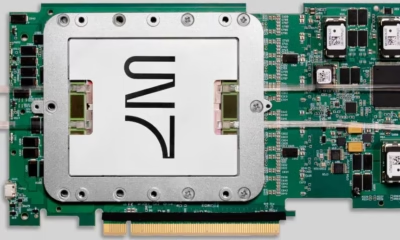
 Tech5 months ago
Tech5 months agoOptical Computing: The Light-Powered Future of AI and Energy-Efficient Processing
-
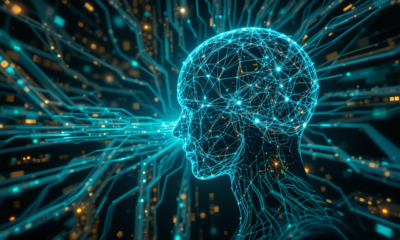
 Tech5 months ago
Tech5 months agoTrilobio: Revolutionizing Lab Automation with Modular, Affordable Robotics
-
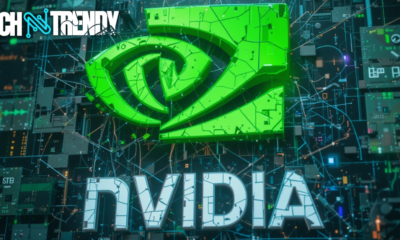
 Business5 months ago
Business5 months agoUnlock 58% Gains? Decoding Wall Street’s Nvidia Stock Outlook
-

 Business5 months ago
Business5 months agoBill Gates-Backed Arnergy Secures $18M to Expand Solar Access in Nigeria Amid Energy Crisis


